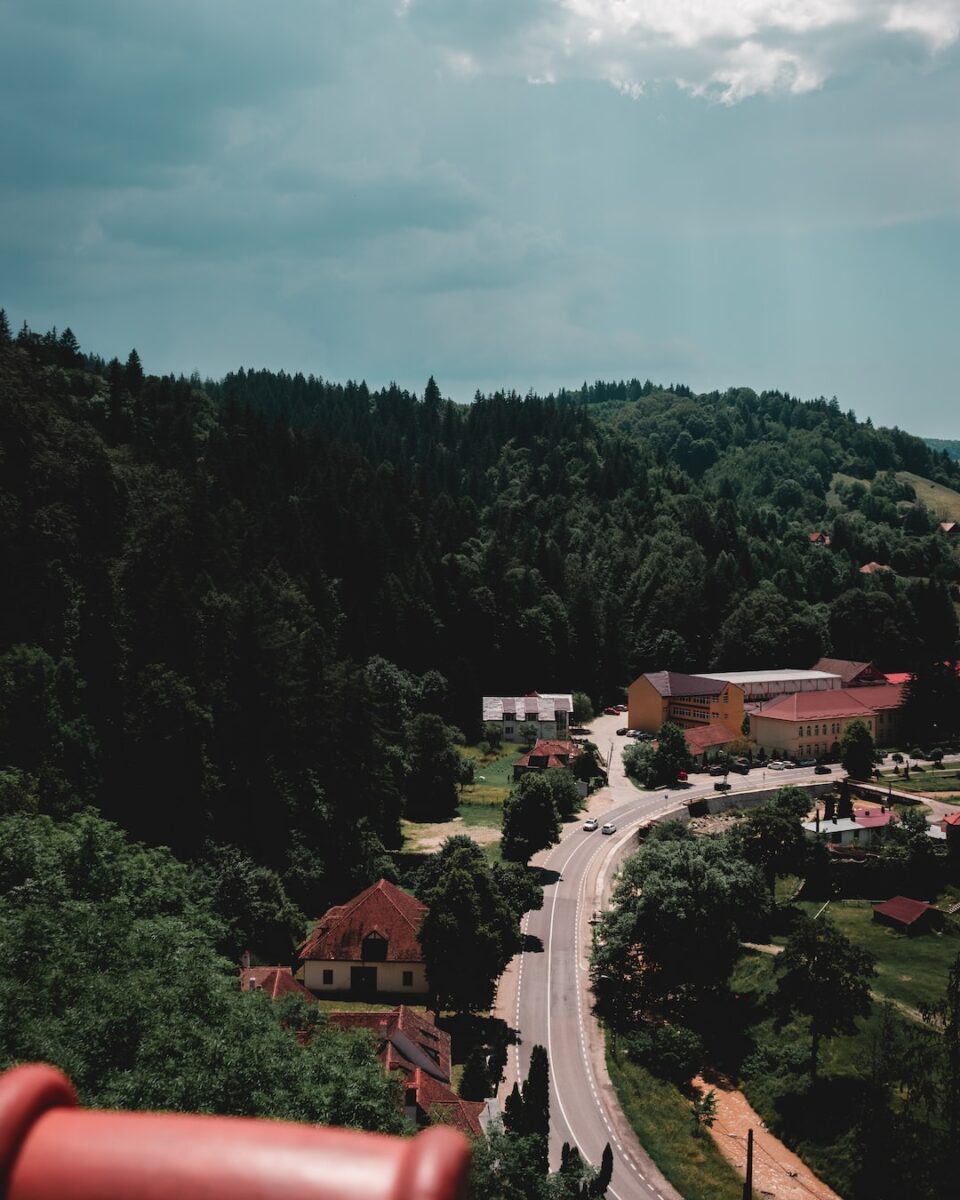Survival Kits for Natural Disasters: Be Prepared for Anything
When it comes to natural disasters, it’s crucial to be prepared for the unexpected. Natural calamities such as earthquakes, hurricanes, floods, and wildfires can strike at any moment, leaving little or no time for evacuation or gathering essential supplies. This is where survival kits come into play – they are designed to help individuals and families cope with the aftermath of such disasters. By having a well-equipped survival kit, you can increase your chances of survival and comfort during these challenging times.
A survival kit typically contains essential items that can sustain you for a few days until help arrives or the situation improves. Firstly, having a reliable source of drinking water is vital. Most survival kits include water purification tablets or filters to ensure you can safely consume water from natural sources such as rivers or rainwater. Additionally, food supplies that are non-perishable, easy to prepare, and provide necessary nutrients are included. Granola bars, canned goods, and freeze-dried meals are some common examples.
In terms of shelter and warmth, a survival kit should include items such as a portable tent, sleeping bags, and emergency blankets. These items will protect you from extreme weather conditions and help you retain body heat. Furthermore, clothing suitable for different weather conditions should also be included. It is important to consider waterproof and thermal attire, as well as durable footwear.
Survival kits also include various tools that are essential during emergencies. A multi-purpose Swiss Army knife, a compass, a flashlight, and batteries are some must-have items. These tools can assist with navigation, providing light during power outages, and various other tasks that might arise in challenging situations.
Communication devices, such as a battery-operated radio, with extra batteries are crucial in order to stay informed about the latest updates and warnings from local authorities. This will help you make informed decisions in uncertain situations and stay safe.
Additional supplies that should be found in a survival kit include a first-aid kit, personal hygiene items, and a supply of any necessary medications. Personal documentation like identification papers, insurance documents, and emergency contact information should be kept in a waterproof bag or container as well.
Survival kits should be stored in an easily accessible location in your home, so they can be quickly retrieved during emergencies. It is also recommended to have smaller versions of the kit in your car or workplace. Regularly check the expiration dates of food, water, and medications in your survival kit and replace them as needed.
In conclusion, being prepared for natural disasters is crucial for the safety and well-being of yourself and your loved ones. Having a well-stocked survival kit can provide you with the necessary resources to survive and cope with the aftermath of such emergencies. From food and water supplies to tools and communication devices, these kits can be a lifesaver in times of crisis. Remember, it is better to be over-prepared than caught off guard when disaster strikes.

